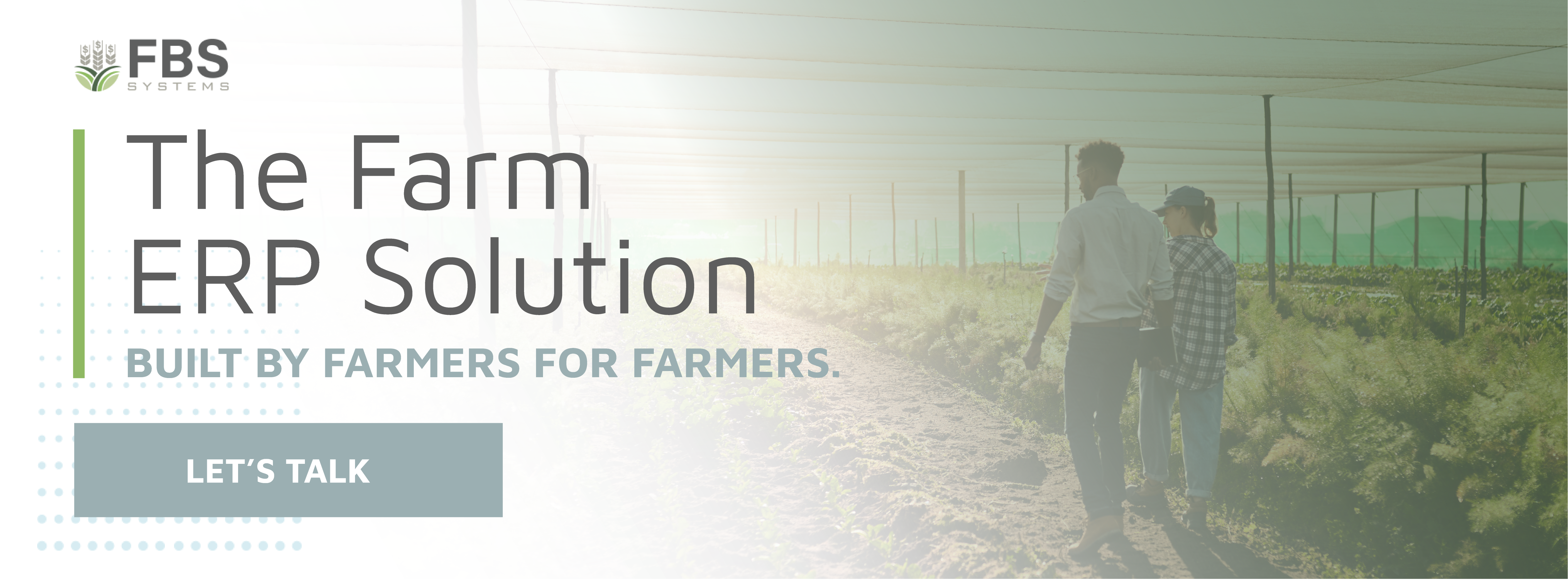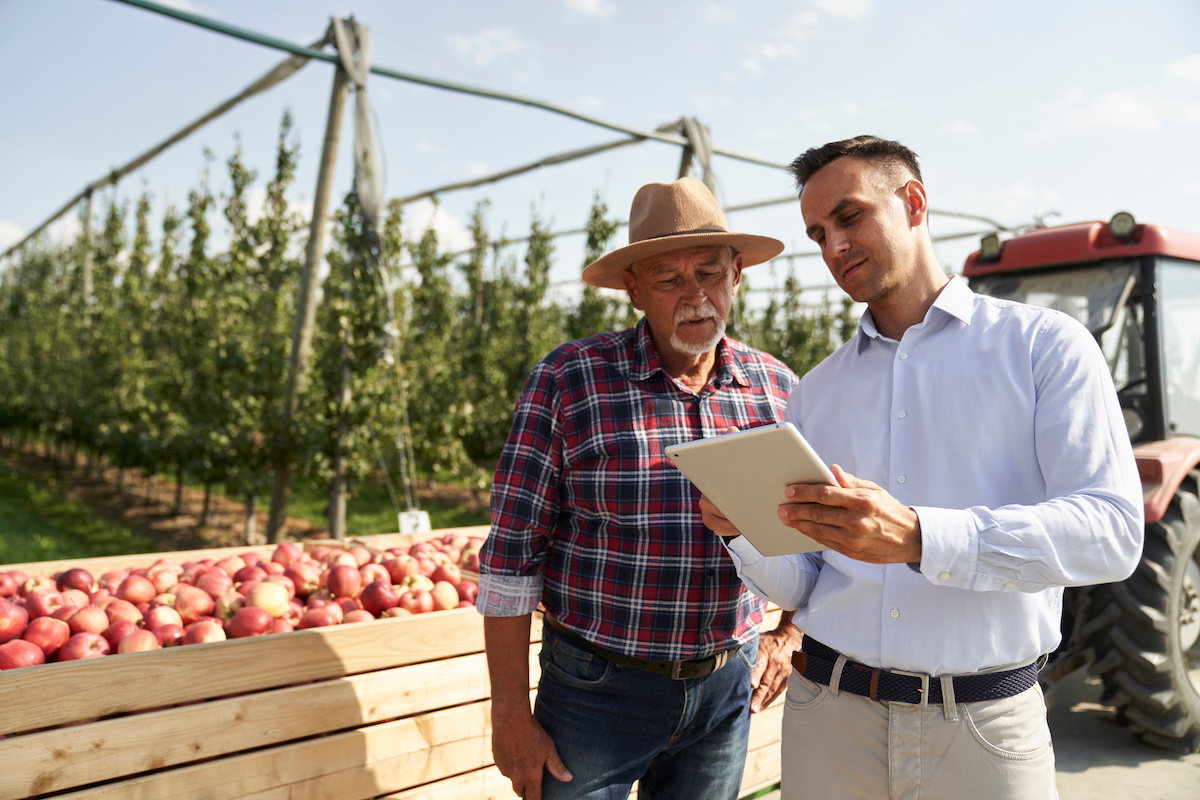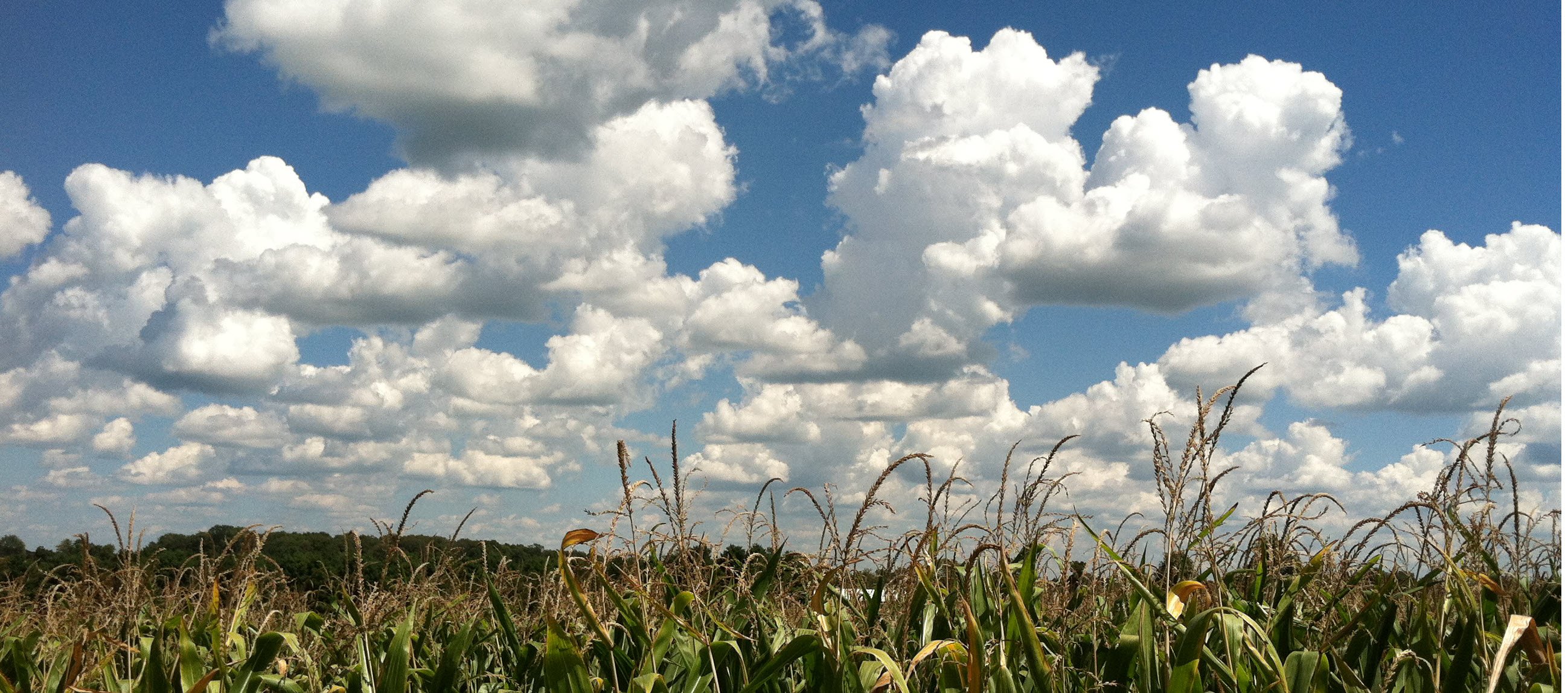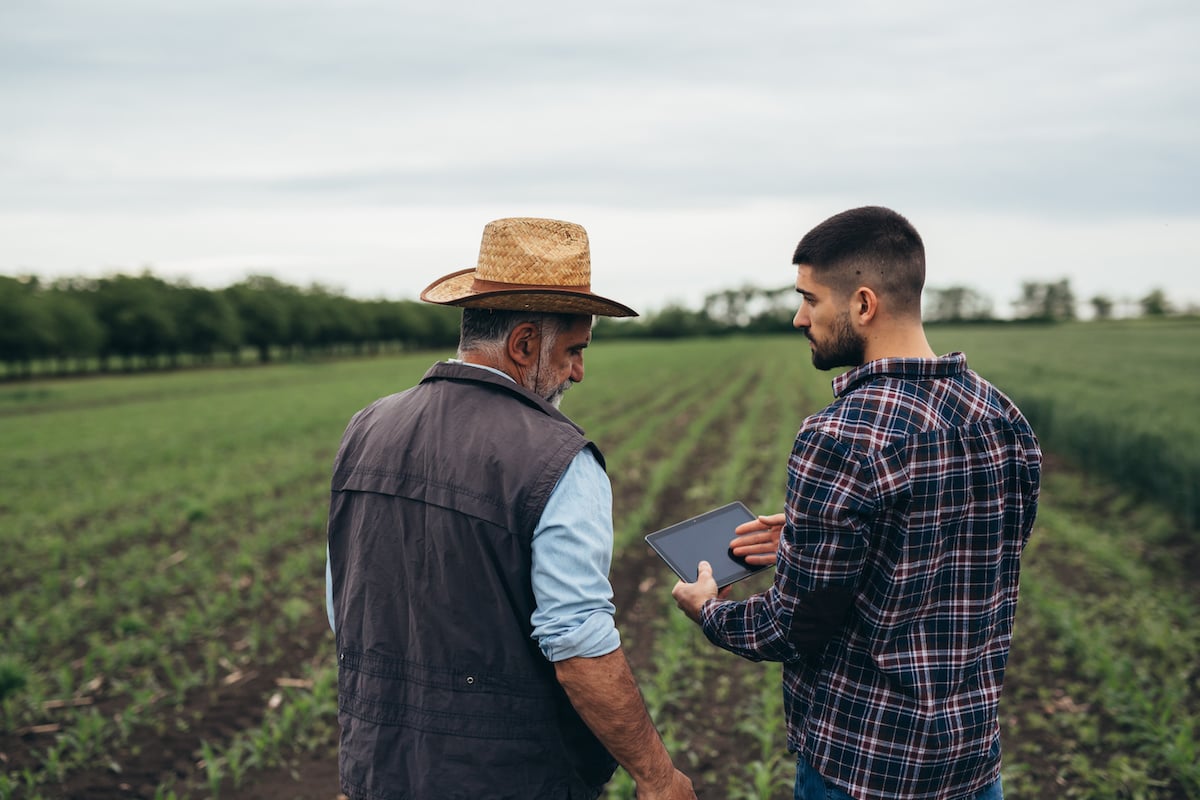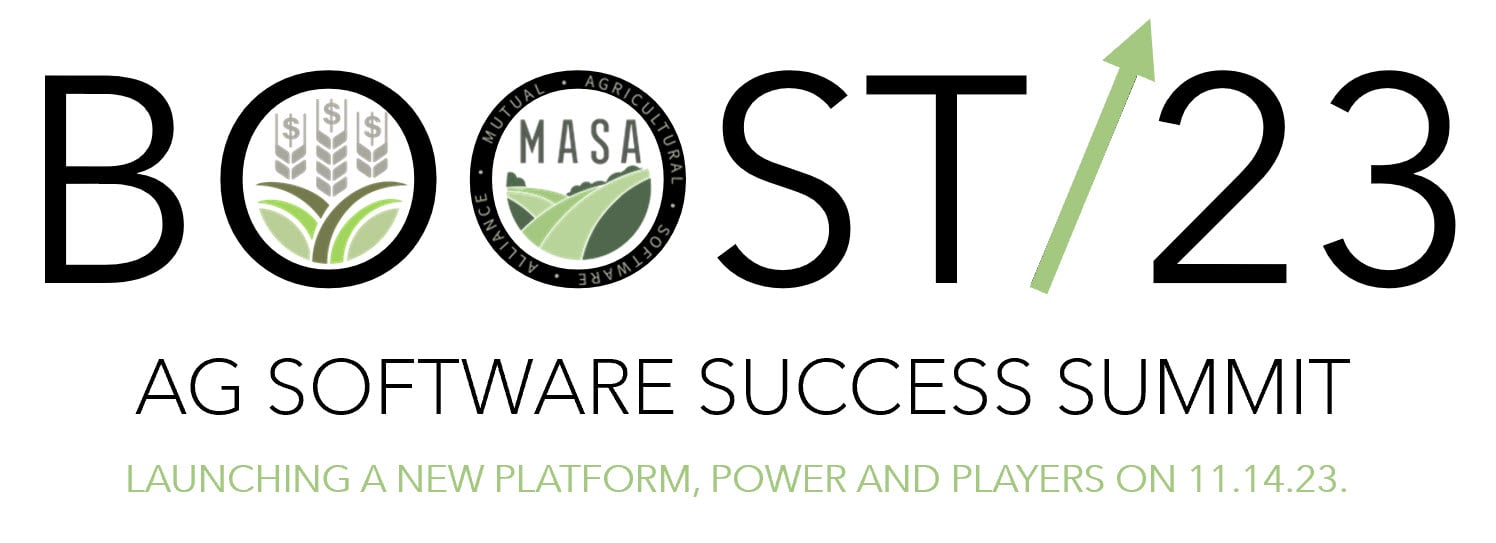Having liquid assets can be crucial for any business. Farms need money to help fund the acquisition of new acreage, pay for employee labor, buy and maintain equipment, process raw goods into finished, ready-to-sell products, and more. One way that farmers can acquire the capital needed to fund their operations is to apply for a farm loan.
A farm loan is a type of business loan that is specifically marketed to farmers to help them fund their operations and meet their unique needs. Farm loans can come from a wide variety of organizations—including banks, input suppliers, specialized credit service providers, and government agencies or offices associated with the U.S. Department of Agriculture (USDA).
Whether you’re a new farm owner/operator or are an old hand at working with banks to get farm loans, having farm accounting software can be an enormous help in the farm loan application process.
Farm Loan Application Checklist
- Create a Financial History Record
- Create a Three-Year Production History Report
- Compile a List of Your Creditors
- Create a Farm Business Plan
- Conduct a Survey of Your Farm Property
- Financial Records That Meet or Exceed Most Lenders’ Documentation Requirements
Here are some minimal information requirements for loan applications followed by a checklist of financial records that meet or exceed most lender’s documentation requirements:
1. Create a Financial History Record
The Lender may need to see your financial records to determine your eligibility for any kind of business loan. This may include records of your operating expenses, income from sales, current assets, depreciation, tax records, and other information.
Gathering your accounting records is also important for creating an exact estimate of how much loan you need. Even if you qualify for a larger loan, you may not want to take as much as you’re eligible for because bigger loans mean accruing more interest. This can make it harder to pay back your loan and eat into your farm’s profitability.
Compile this information into a report covering your farm’s financial history for the last few years. Some key information to include in the report includes:
- Operating Income. This comprises of crop, livestock, and poultry product sales as well as agricultural program payments, crop insurance, and other income sources.
- Operating Expenses. This includes things like equipment expenses, labor, depreciation of assets, fuel costs, rent, and seed acquisition, among many others.
- Non-Operating Expenses. This category includes items like owner withdrawals, income taxes, and non-farm income and expenses that you would accrue independently of your farming operations.
- Financing Information. This includes any principal payments and loan advances that you’ve paid for the last three years.
- Capital Information. Tally your capital sales, contributions, expenditures, and withdrawals for each of the previous three years.
Here, having a farm accounting software solution can help. Through historical account details that include dollars and quantities, you can more easily gather the information you need, sorted by month and year. This can also help with forecasting your needs as you can use the information to create a projection of your costs and income throughout the next year.
2. Create a Three-Year Production History Report
Compile a list of all of the different crops and livestock you’ve raised over the last three years and track your productivity for each of these farming enterprises for each year. For livestock, gather information about the number of units raised or purchased, units held in total, units sold, and deaths for each year. Additionally, record the total purchase and sales weight for each type of livestock.
For crops, you’ll need to list out each crop type’s total yield, acreage, average yield, and unit number. You’ll also need to compile a list of purchasers—people who have or will buy your goods.
A farm management software solution with yearly reports for your production across all of your enterprises can make collecting this information significantly easier by putting all of it at your fingertips on demand.
 3. Compile a List of All Your Current Creditors
3. Compile a List of All Your Current Creditors
While lenders will be able to access your credit history to see if there are outstanding balances or negative credit events on your record, they will want to see a list of your current creditors to verify how much you owe vs your projected income as this can have an impact on your ability to provide timely repayment on your farm loans.
This should include all of your creditors, both personal and business, that you currently owe a debt with monetary value to and must repay. This can include debts to your bank, credit card company, input and equipment suppliers, mortgage provider, etc.
Here, having a farm accounting solution that tracks all of your accounts and notes payable can be an enormous time-saver, as it puts all of your information into one place for your ease of review.
4. Create a Farm Business Plan
How will you apply the money from the loan to your farming operations to create value and generate profit? Creating a farm business plan is a necessity for demonstrating that you can repay your farm loan in a timely manner.
This business plan should list current assets (Cash on hand, bonds/securities, accounts receivable, crop inventory, crops currently being grown, livestock, prepaid expenses/supplies, etc.) and liabilities such as accounts payable—including income and real estate taxes owed.
It may help to sort your assets and liabilities into current, intermediate, and long-term categories to help you better demonstrate your financial position to lenders.
After compiling your list of short-, intermediate-, and long-term assets and liabilities, start working on your projections for your income and expenses. Reviewing previous years’ earnings and expenses based on total acres worked and yield produced for each farming enterprise can help you more accurately project your gross profits to create a realistic business plan.
Having farm accounting software that tabulates all of your income and expenses for previous years and tracks your upcoming accounts payable and receivable can simplify this process.
5. Conduct a Survey of Your Farming Property
What is the actual current value of your farm property with all modifications and facilities installed compared to what you owe to your creditors? This is important for determining how much equity you have in your property that you can leverage as collateral for a loan.
Secured loans that leverage the value of transferable property generally provide better interest rates than unsecured loans for borrowers of all kinds, since the lender has the “security” of being able to collect the collateral if the loan isn’t repaid.
Conducting a survey of your farming property can help you clearly establish how much your land and assets are worth and give you some power to negotiate with your bank.
6. Checklist of the Financial Records That Meet or Exceed Most Lenders’ Documentation Requirements
If you’re a serious commercial farmer or rancher, however, you’ll need to move well beyond steps 1-5 and be able to prepare and submit the following information:
- Prior three years’ balance sheets that match your tax returns for all three years.
- Prior year’s accrual and market value balances sheets with the following supporting schedules:
- Inventories of crops and/or livestock at cost.
- Prepaid inputs at cost.
- Book value depreciation schedule.
- Loan balances and terms.
- Five-year trends.
- Accrual balance sheets.
- Accrual income statements.
- Farm Financial Standards ratios and indices.
- Projections of monthly cash flow with the following supporting schedules:
- Crop and/or livestock production plans and inventory change.
- Unit-based purchases and sales.
- Loan amortization and capacity schedule (both existing and new).
- Expected, optimistic, and pessimistic scenarios for:
- Varying yields/production.
- Varying prices for crop/livestock.
- Monthly actual-to-budget dollar and quantity comparisons.
- Mid-year adjustments for any “black swan” events that have occurred.
Pulling all this documentation together with “main street” accounting software and stand-alone spreadsheets can be a formidable task. That’s one of the advantages of managing your operation through integrated farm management and accounting software. Reach out to FBS today to get started!


